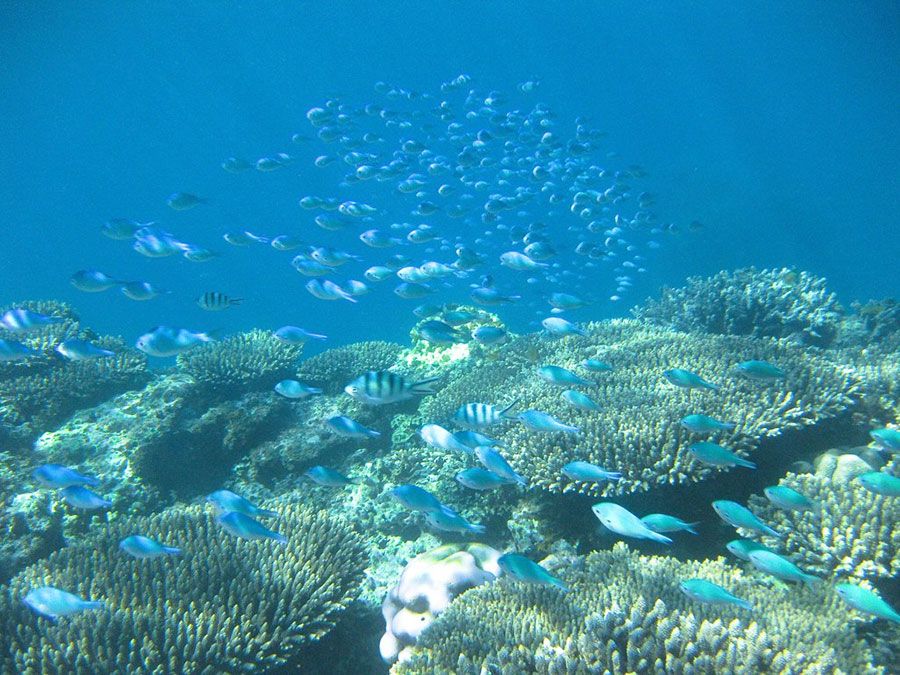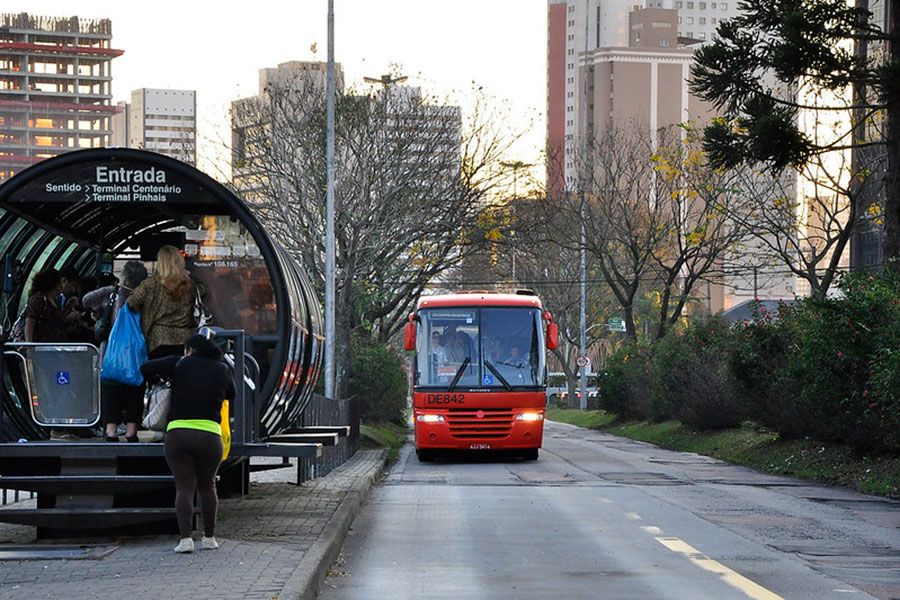The Serengeti ecosystem is a geographical region in Africa. It is located in northern Tanzania. It was established in 1952 and spans approximately 18,600 sq miles.
The Serengeti National Park in Tanzania is rich with wildlife, endless plains and it is home to some of the greatest wildlife spectacles on earth.
The park is known for its huge wildlife populations including lion, cheetah, elephant, giraffe, and almost 500 bird species. It is ranging from the very large ostrich, the Ashy starling, the Black crake, Ficher’s lovebird, Hartlaub’s turaco, the red and yellow barbet and very small finches. It is consisting of up to 2 million wildebeest, 200,000 zebras and 350,000 thompson, impala and grant’s gazelles migrating annually during the great migration from the plains of the Serengeti in Tanzania to the grasslands of the Maasai Mara in Kenya.
There’s a wide variety of accommodation available, from luxury lodges to mobile camps to stay in the Serengeti Ecosystem. Each camp is divided into each of the regions in the Serengeti National Park namely the Maasai Mara National Reserve, the Ngorongoro Conservation Area, the Ikorongo and Grumeti Game Reserves, the Maswa Game Reserve and the Loliondo Game Control Area where you will find the Serengeti Ecosystem.
This Serengeti Map you’ll give you more information about the general size and area.

Following the Wildebeest migration from Serengeti National Park to Maasai Mara National Reserve, the best time is December to July. If you want to see the predators the best time is June to October and it’s recommendable to have three or four day’s safari, especially if you are interested in getting the ultimate photography.
Many travelers also visit Northern Tanzania to experience the vibrant Maasai culture in the Ngorongoro Highland, taking day trips to their villages to learn more about this enigmatic person who has lived in the area for centuries.
Popular Tanzania safari activities include safari game drives, walking safaris, balloon rides and local Maasai tribe village tours.
The park is divided into four distinct areas – the central Seronera Valley, the Western Corridor, the Northern Lobo and Kogatende areas, and finally the Southern Plains.
Below is a general description of the Serengeti’s four sections:
- The Southern plains area of the Serengeti has easy to access and offers a great place to see the herds from about December to March and the calving season in February is particularly rewarding, but wildlife is generally much more scarce during the dry season.
- The Central Serengeti and Seronera area is most visited as wildlife viewing is good all year-round and it has the most lodging options, but at the same time, it is the most crowded section of the park.
- The Western area or Western Corridor offers decent wildlife viewing all year round with the migration reaching the Grumeti River around May or June and the river is also a great place to view crocodiles and hippos.
- The Northern Serengeti area (Kogatende, Lobo, Loliondo) is the least visited and most remote section of the Serengeti but also offers some of the top luxury camps and lodges in the country. Possibility to see Mara River crossings here around July and August and several camps in the north offer walking safaris and off-road experiences.
Protecting of Serengeti Tanzania
As in many other areas in Africa, the Black Rhino was almost poached to extinction in Serengeti in the 1990s. Because rigid protection measures were put in place, the population of this endangered species grew again.
FZS is continuing its engagement in close collaboration with Tanzania National Parks, by providing critical financial and logistical support
To help ensure the effective long-term protection of elephants, rhinos, and other wildlife, FZS supports the Serengeti park authorities in coordinating anti-poaching and monitoring activities and in improving intelligence gathering capability
Want to learn more about other sustainable destinations? Check our other Sustainable.










